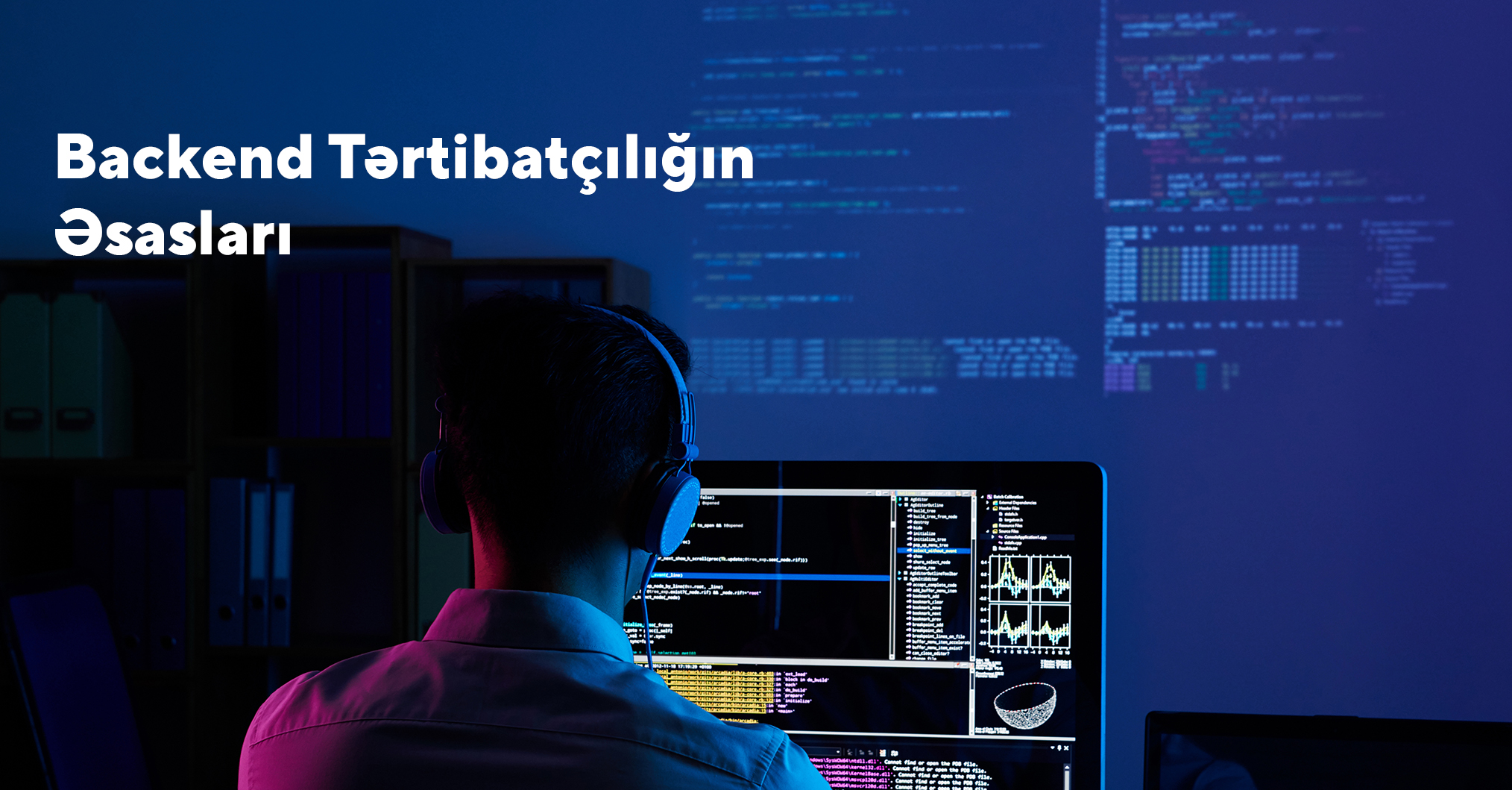Backend Development 101: Understanding the Core Concepts
Introduction: What is Backend Development?
Backend development is the engine behind any web application. It manages data, processes requests, and ensures everything runs smoothly behind the scenes. While users see and interact with the frontend, the backend makes sure their actions translate into meaningful results—whether it’s logging in, making a purchase, or retrieving information.
Simply put, backend development involves writing server-side code that processes data, communicates with databases, and enables the frontend to function correctly. Without a solid backend, even the most well-designed application would be unusable.
How Does Backend Development Differ from Frontend Development?
Frontend and backend development work together but serve different purposes:
- Frontend Development: Focuses on the visual and interactive elements of a website. Technologies like HTML, CSS, and JavaScript (with frameworks like React, Angular, or Vue.js) are used to build user interfaces.
- Backend Development: Ensures that data is processed, stored, and retrieved securely. It involves working with databases, APIs, authentication systems, and server-side languages.
While frontend developers build what users see, backend developers create the functionality that makes those elements work effectively.
Popular Backend Programming Languages
Choosing the right programming language depends on project needs and scalability. Here are some commonly used backend languages:
- Python: Known for its readability and efficiency, Python is widely used in web development (Django, Flask), automation, and AI applications.
- JavaScript (Node.js): With Node.js, JavaScript can be used for both frontend and backend, making it ideal for real-time applications and scalable solutions.
- Java: A powerful language known for its stability and performance. Java is widely used in enterprise applications and Android development, with frameworks like Spring Boot.
- PHP: A server-side language primarily used for web development. It powers WordPress, Laravel, and other content management systems.
- C#: Frequently used in Microsoft’s .NET ecosystem, making it ideal for enterprise applications and game development with Unity.
Each language has its strengths, and the best choice depends on your project's requirements and your existing skill set.
Essential Tools for Backend Developers
To build and maintain efficient backend systems, developers use various tools:
- Version Control: Git (GitHub, GitLab, Bitbucket) helps track and manage code changes.
- Database Management: Tools like MySQL Workbench, pgAdmin, and MongoDB Compass help interact with databases.
- Cloud Platforms: AWS, Google Cloud, and Azure enable scalable and secure hosting.
- Containerization & Virtualization: Docker and Kubernetes simplify deployment and resource management.
- Monitoring & Logging: Prometheus, Grafana, and the ELK Stack help developers track performance and diagnose issues.
- CI/CD Pipelines: Jenkins, GitHub Actions, and GitLab CI/CD streamline software deployment and updates.
Familiarity with these tools can make development and debugging more efficient.
Salary of Backend Developers Worldwide
Backend development is a highly sought-after skill, and salaries vary depending on location, experience, and company size. Here’s an overview of average annual salaries
- United States: $100,000 - $150,000
- United Kingdom: £50,000 - £80,000
- Dubai (UAE): AED 150,000 - AED 300,000
- Azerbaijan: AZN 35,000 - AZN 100,000
Salaries depend on technical expertise, industry demand, and the employer’s budget.
Where to Learn Backend Development
If you're looking to enhance your backend development skills, here are some great resources:
- Online Courses: Platforms like Udemy, Coursera, and Pluralsight offer structured learning paths.
- Books: Titles like The Pragmatic Programmer, Eloquent JavaScript, and Designing Data-Intensive Applications provide in-depth knowledge.
- Practice Platforms: Websites like LeetCode, HackerRank, and Codewars help you sharpen your coding skills.
- Academies & Bootcamps: Programs like ABB Tech Academy offer structured training in backend development.
- Communities: Engage with fellow developers on GitHub, Stack Overflow, and Reddit to stay updated with the latest trends and best practices.
Conclusion
Backend development is an essential part of any web application, ensuring data processing, security, and seamless functionality. Whether you’re already working in the field or looking to advance your skills, focusing on key technologies, tools, and best practices will help you become a more effective backend developer.
If you’re searching for structured learning, consider ABB Tech Academy, which offers training tailored for aspiring backend developers. Happy coding! https://abbtech.az/az/backend-java

 Search
Search 